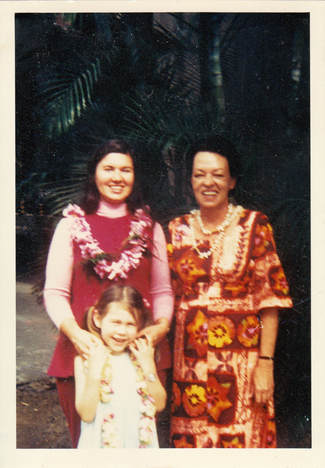 Sherrill, her mother Pat, and Simone, Honolulu
Sherrill, her mother Pat, and Simone, Honolulu December 1971, Sherrill, Simone, and I invaded Hawaii, ready to explore the islands and celebrate Christmas with Pat. Simone called her tutu, the Hawaiian word she had learned meant grandmother. We had no doubt that we'd have a good holiday, but, at the same time, Sherrill was nervous about us spending two weeks with her fun-loving, free-spirited mother.
We frolicked on the beaches, rode out from Waikiki on a catamaran, and visited the nearby Honolulu Zoo, where we tried unsuccessfully to stare down the pink flamingos. Simone picked up shells on the beach until she had quite a collection. After a while, they started to stink. Sherrill explained that they must have had live creatures still at home in them, so, pretty as they were, they weren't going back to California with us.
In those days, only a few big hotels marred the beauty of the beach. Despite encroaching development, the two main hotels at Waikiki still were the historic Moana, built in 1901, and the Royal Hawaiian from the roaring twenties, as pink as the flamingos. People were outraged that some *!%*&!* hotel had dared ruin the view by building a tower in front of Diamond Head. Ever since then, postcard photographs of Diamond Head have been cropped to remove the unsightly hotel complex.
We drove across the island to the Polynesian Cultural Center, created by the Mormons, who over the decades have worked energetically to convert south sea islanders. (An uncle went on a mission to Hawaii in the 1920s with that objective. He told me once that he wasn't successful, but had a hell of a time, anyway, and returned an unbeliever.) The villages at the cultural center did celebrate the diversity of the Polynesian islands and cultures—even if it became somewhat slick in the process. Walking between the villages of Tonga, Tahiti, Fiji, Samoa, and the Maori of New Zealand, we got a more or less accurate—although prettified and (dare I say?) condescending—sense of how the different groups lived, of their music and dancing, homes and food, weapons and artwork.
Vegetation grew to alarming size on those islands. It reminded me of those old sci-fi movies in which atomic radiation caused ants to grow to the size of a Plymouth station wagon. I could imagine one of those monster blossoms grabbing me by the throat and sucking the life out of me. One day, we passed miles of enormous hedges of overwhelmingly fragrant plumeria followed by brazen displays of bougainvillea on our way to Sea Life Park, where Simone had a chance to watch dolphins, sea lions, penguins, and other creatures of the Pacific—all of them friendlier, I thought, than the grotesque plant life.
When we got back to Pat's apartment, she was entertaining a dashing fellow with a well-clipped gray moustache on his upper lip and a highball in one tanned hand. She had one, too. She introduced us and offered us drinks, but he left after a few minutes. She turned to fix herself another drink, but stumbled on her flip-flops and nearly fell.
"Everybody in Hawaii wears flip-flops!" she explained, with an apologetic, yet defiant, smile.
A little turboprop plane took us to Kauai, which back then seemed mostly unspoiled by tourism. In our rental car, we explored the spectacular variegated red and orange cliffs of the Waimea Canyon, the "Grand Canyon of the Pacific," then the rain forest and cliffs of the Napali coast. While Simone and Sherrill stayed at the beach, I hiked on a cliff-side trail until I met two nearly naked, darkly tanned people who obviously were living up there in a cave. We exchanged a few words, then I walked back to the beach. According to those two, a surprising number of people were living in caves along there. This was the time, as we knew, when more and more people were embracing alternative lifestyles.
Maui seemed only a little busier than Kauai. In Lahaina, we stayed in the historic Pioneer Inn, where Simone became fond of a wooden sea captain who lived on the front porch. We had great fun watching boats out in the water, some anchored, others passing by. Somebody claimed that one elegant yacht with gleaming woodwork was Peter Fonda's, but we never knew one way or another.
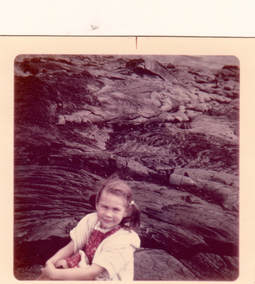 Simone at the dried lava flow on the big island
Simone at the dried lava flow on the big island Back in Honolulu, we set out to find a traditional Christmas tree for Pat's apartment. I don't know how easy it is now, but in 1971 it was almost impossible. Finally, we settled for a Norfolk pine—pretty enough in its delicate way, but skimpy on branches. It didn't matter much, since we had no decorations except the few we made. We were satisfied with the result, though. All in all, it was a nice Christmas, we decided, even though Pat had trouble with her flip-flops a few times that evening.
The big holiday celebration in Honolulu turned out to be on New Year's Eve, when people exploded firecrackers all night. They must have bought boxes and boxes of strings of red-paper-covered firecrackers. The rattatat of the explosions was impossible to escape. In the morning, the streets and sidewalks were covered with drifts of scarlet paper. Even then, from time to time we'd hear a few more strings exploding like machine guns. We toasted 1972 with pink champagne that Pat bought at the local ABC and began packing for the return trip to California.
To be continued....

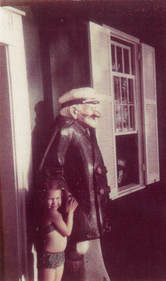
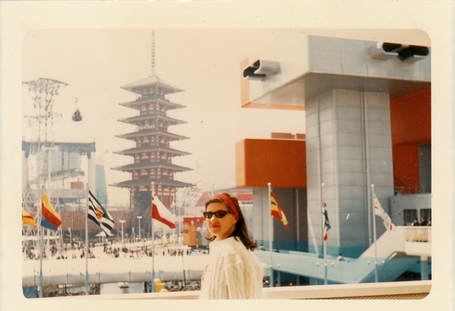
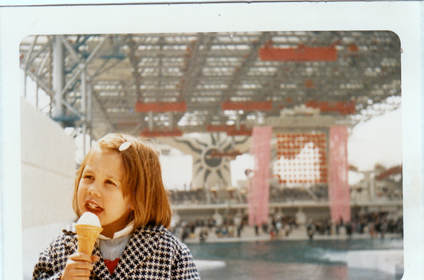
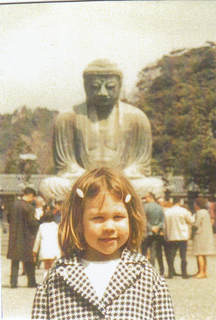
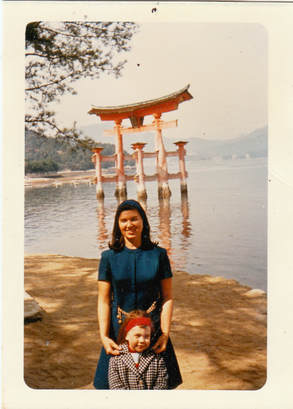
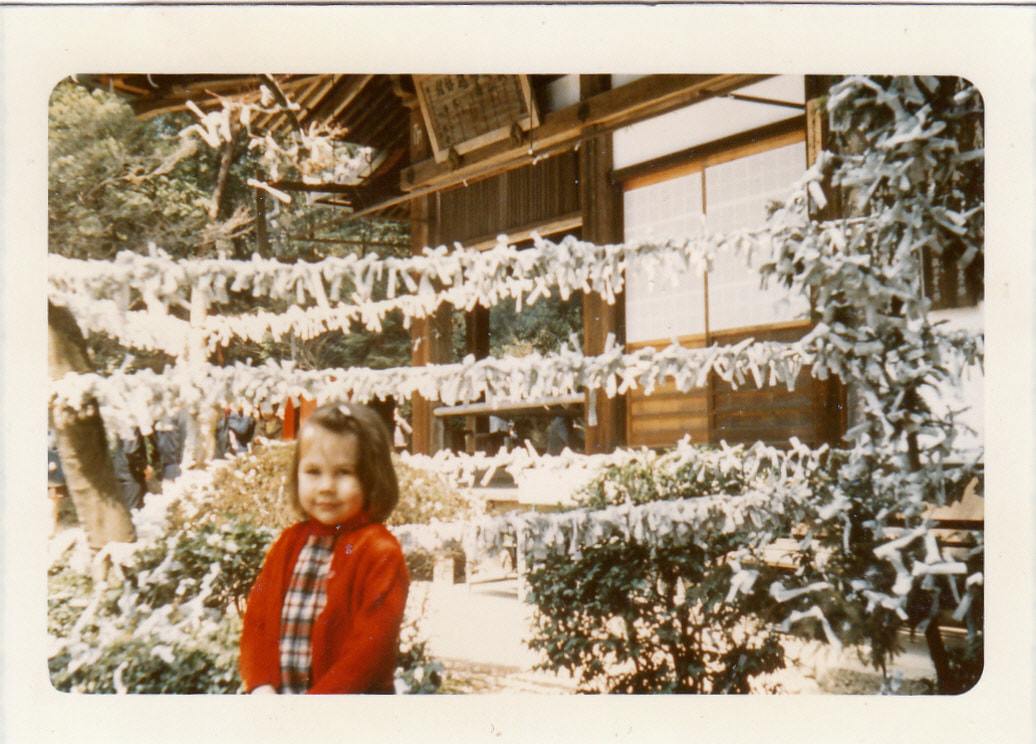
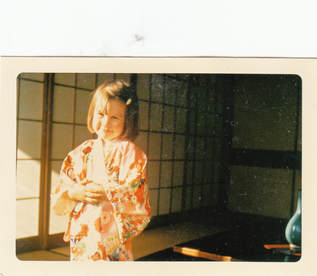
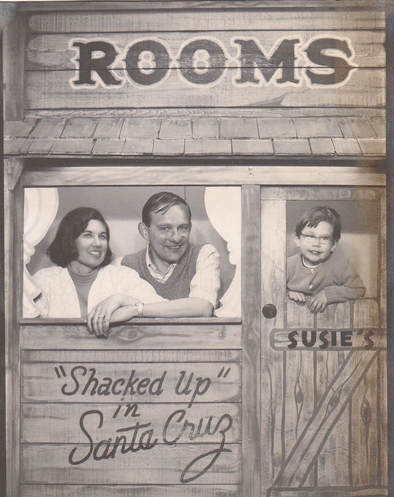
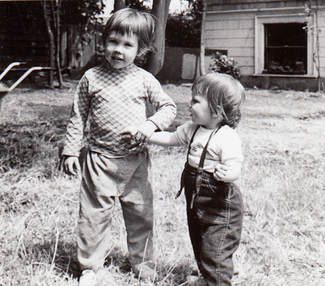
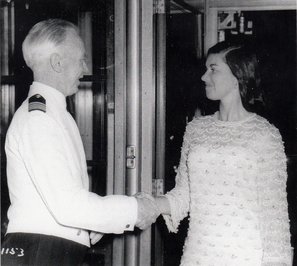
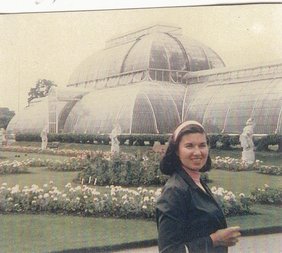
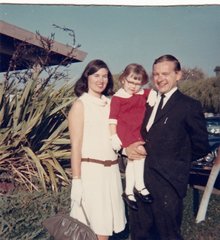
 RSS Feed
RSS Feed